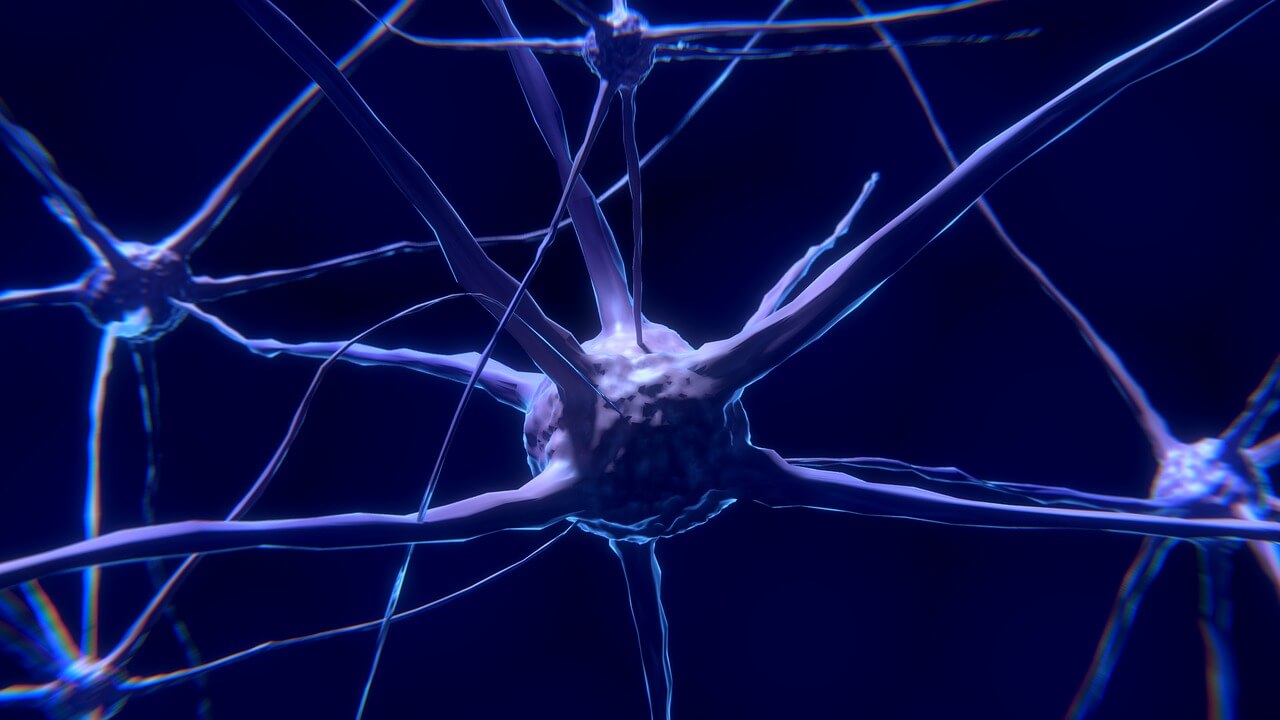A recent study conducted on three people, two men and a woman with paralysis below the neck reveals how they were able to use unmodified computer tablets to text friends, stream music and browse the internet using an electrode array system called BrainGate2. This is a type of device that eaves drop on neural activity of those who are paralyzed and helps them to per form the above said activities. The results of this study show that neural signals can be harnessed to directly allow movement and were published in the November 2018 issue of PLOS One.
The three people involved in the study had electrode grids implanted over part of the irmotor cortex, an area of the brain that helps control movement which picked up neural activity indicating that the participants wanted to move the cursor. Those patterns were then sent to a virtual mouse that was wirelessly paired to the tablet. These three people used nothing more than their intentions to move the cursor to perform seven common digital tasks including web browsing,sending e-mails. One participant looked up orchid care, ordered groceries online and even played a digital piano. The system even allowed two participants to chat with each other in real-time.
The USP of this study is that the researchers used tablets with standard settings and no modifications, shortcuts, or alterations of features to make typing or navigation easier although a few basic tweaks could make the system even more accessible to the users.
The findings could have a major impact on the lives of those who are affected by some neuro-logic disease, injury or limb loss. The results of this study demonstrate how communication, mobility and independence can be partially restored to those with otherwise limited control over their environment. There is also no dire need to use expensive or specialized equipment for such cases making it readily available to more such candidates.
SOURCE: www.dailymail.co.uk

